
Top to bottom: Cameron Highlanders and Indian troops march past the Great Pyramid (1940); Finnish soldiers on skis with reindeers, near Jäniskoski, Finland (1940); A squadron of Bren gun carriers, manned by the Australian Light Cavalry (1941); German horse-drawn cart stuck in rasputitsa near Kursk, Russia (1942).
If you are forward of your position, your artillery will fall short. — Murphy’s Laws of Combat
World War II was, more than any war since Napoleon, a war of movement. Whereas World War I was characterized by grinding offensives, stalemates, and endless artillery barrages, the sequel sent the infantry out of their trenches and swept them up in grand encirclements and breakthroughs. It is that spirit of maneuver that we strived to bring to Unity of Command, and that we now seek to refine further. So let’s talk about how units will actually move around the map.
As before, there are two main types of movement – infantry and mobile. Infantry includes anything that moves around on legs, including cavalry. Mobile units are the various flavors of motorized, mechanized, and armored units. The difficulty of moving a unit through some terrain is expressed as movement points (MPs): it costs 1 MP for an infantry unit to move through a light forest, but 2 MP for an armored division to do the same. This way, armored units are best kept to the open terrain that is their forte, while the infantry slogs through the mud and brush.
On top of this basic distinction, we now introduce cavalry, ski, mountain and perhaps other specialized movement types. A Soviet Cavalry Corps, well known from UoC, moves as infantry (good in rough terrain), while having more MPs per turn (bigger range). This is exactly as intended, however being classified as infantry also meant that it was able to enter mountain hexes which is not realistic. So, the new cavalry classification will simply mean: same as infantry, but mountains are forbidden. In the same vein, Finnish ski units are infantry whose movements are unaffected by snow.
Speaking of snow, we are tweaking several different systems in order to improve winter scenarios. The snow movement penalty is changed so that each unit gets a 1 MP reduction (infantry) or 2 MP (mobile). For veterans, this comes out of their extended movement, while for others it comes from the regular part (clever, eh?). The net result is that, while everyone’s movement is slightly impeded, veteran units are noticeably better at maneuvering in the snow. This way, the game will organically model things like the Soviet ability to conduct deep operations, which improved markedly over the course of the war.
We also removed the snow combat shift (it punished attacking in the snow), because it discouraged offensive combat in the winter (wrongly!). This turned out to be a systemic nerf for the Soviets who, historically, are the attacking side in most of the winter scenarios. Finally, the winter season will now feature supply disruptions in a big way – previously, only mud interfered seriously with the supply situation. The overall idea is that we create an intensity of combat that is similar to what we get during the summer, but with less fluid maneuvers and pronounced supply difficulties. Think of a couple of tired, punch drunk boxers desperately duking it out in the final rounds, and you’ll get what I mean. Continue reading →
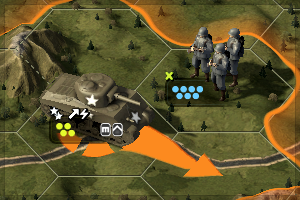 The rendering finally does most of what we want it to. It was about time frankly.
The rendering finally does most of what we want it to. It was about time frankly.
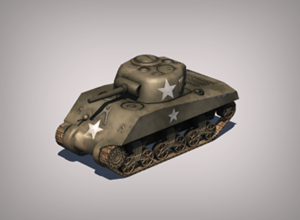

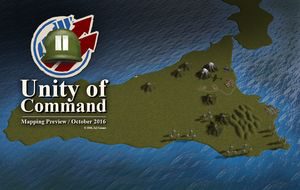
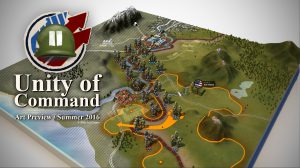

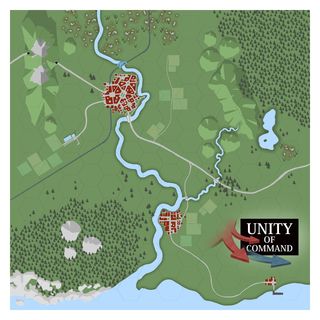
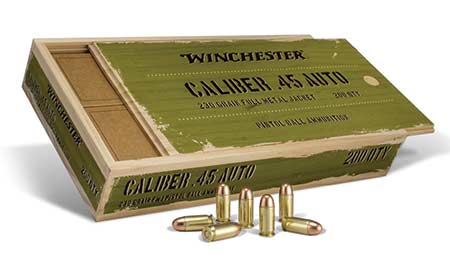 I don’t know what the hell this ‘logistics’ is that Marshall is always talking about, but I want some of it.
I don’t know what the hell this ‘logistics’ is that Marshall is always talking about, but I want some of it.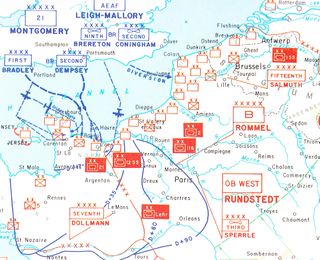 We are introducing Headquarters into the new game (please clap!). The HQs bring together functions that were previously abstracted like unit reorganization and bridging, plus many others that are completely new to the system. With very few exceptions, HQs represent historical Allied or German Armies, or Soviet Fronts. The new abilities they bring to the game are in Operations, Intel and Logistics, which is what you’d expect from that command level. The HQs may even have named, historical commanders like Rommel and Patton but don’t tell that to anyone just yet.
We are introducing Headquarters into the new game (please clap!). The HQs bring together functions that were previously abstracted like unit reorganization and bridging, plus many others that are completely new to the system. With very few exceptions, HQs represent historical Allied or German Armies, or Soviet Fronts. The new abilities they bring to the game are in Operations, Intel and Logistics, which is what you’d expect from that command level. The HQs may even have named, historical commanders like Rommel and Patton but don’t tell that to anyone just yet.